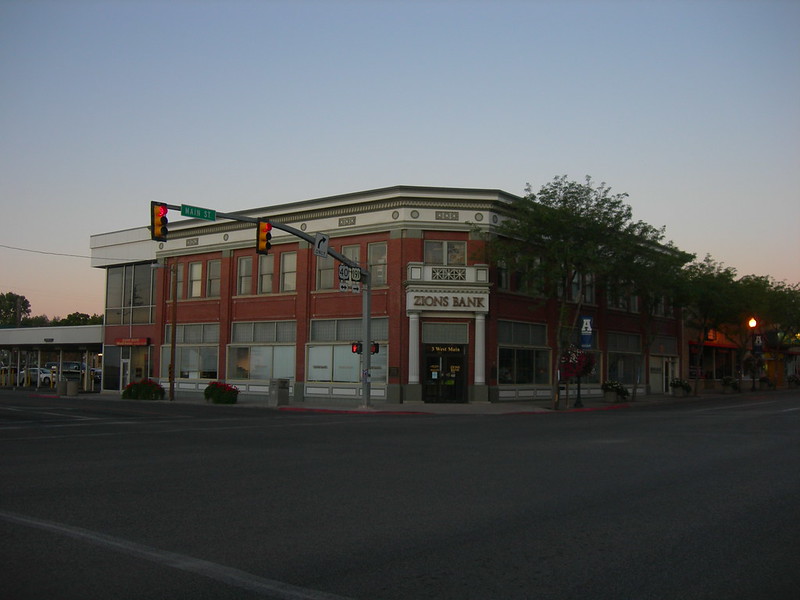Today in 1916 was an important day in U.S. Postal Service history: a rule change that came after someone basically had a bank mailed to them, in installments of bricks.
Mail service has been part of the United States since the early days, but it wasn’t always quite like today.
It wasn’t until 1896 that Congress approved free regular mail service for people in rural areas.
Until then, they often had to travel to the post office to pick up their mail.
And back then, mail was really just mail, letters and papers.
To get packages you had to turn to a private delivery company.
But in 1912, Congress passed a Parcel Post bill, which meant people could send stuff through the mail.
This led to a few cases of people mailing their kids from place to place, but in most cases it was a very welcome change.
With mail order, basically anybody who had enough money could order anything and have it sent to them.
That included people of color, who often weren’t allowed to shop in local businesses.
And it included people in remote areas, like Vernal, Utah.
Today it’s a three hour drive east from Salt Lake City.
A century ago, it was a much more complicated trip.
The directors of the Bank of Vernal were building a new headquarters, and they needed tens of thousands of pressed bricks from Salt Lake City.
They realized the most inexpensive way to get those supplies was to have the brickmakers mail them through parcel post.
Since the post office had a 50 pound weight limit for parcels, each mail crate had just 10 bricks.
They just sent a zillion of them.
Most of the route by rail, but in some sections wagons lugged those bricks, too.
When the Bank of Vernal opened it became known as the “Parcel Post Bank” because of the unusual way its supplies had arrived in town.
After that, the Post Office changed the rules around shipments so that the people in town didn’t also decided to get a courthouse or a sports arena through the mail.
In Maida Vale, Westminster, England, a developer was tearing down a local pub, the Carlton Tavern, to make room for a block of apartments.
But the building was considered a historic site.
So, after a six year campaign, locals won a ruling that meant the developer had to put the original pub back up in its original location with the original bricks.
The Bank of Vernal: The “Parcel Post Bank” (US Postal Service)
VERNAL’S PARCEL POST BANK (Utah Humanities)
After Illegally Bulldozing Historic London Pub, Developers Were Ordered to Rebuild it ‘Brick by Brick’ (Good News Network)

